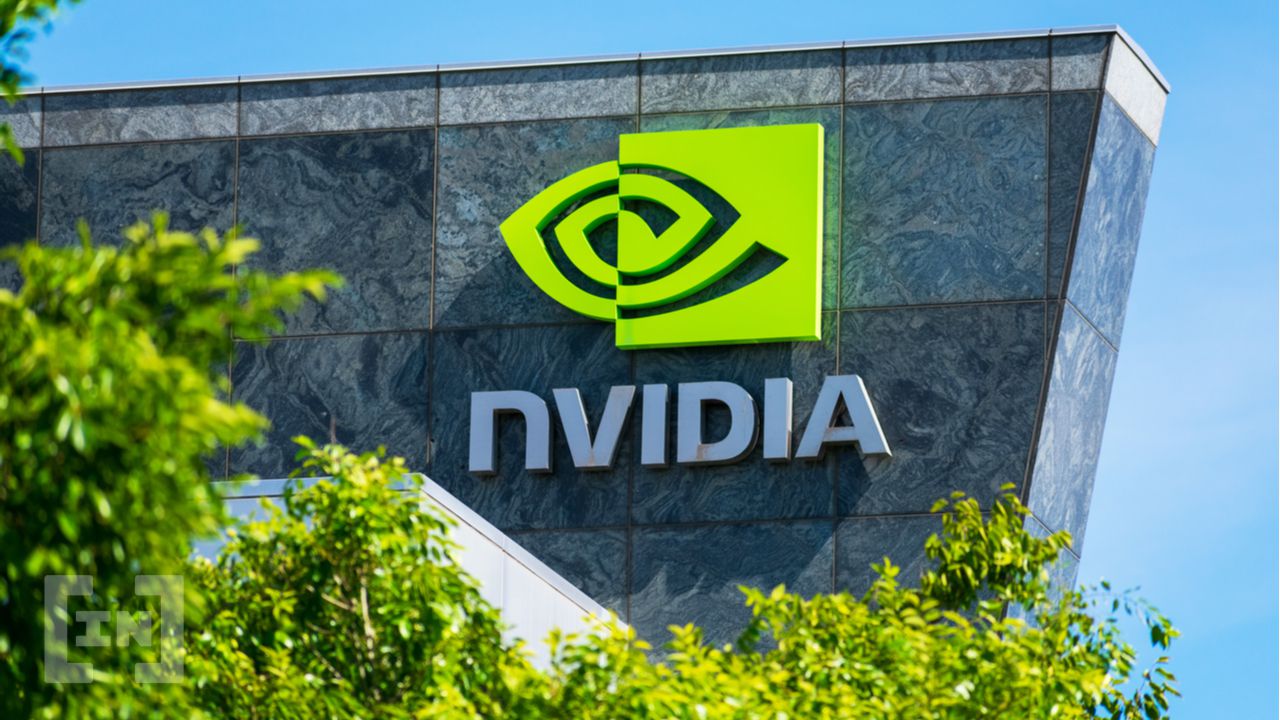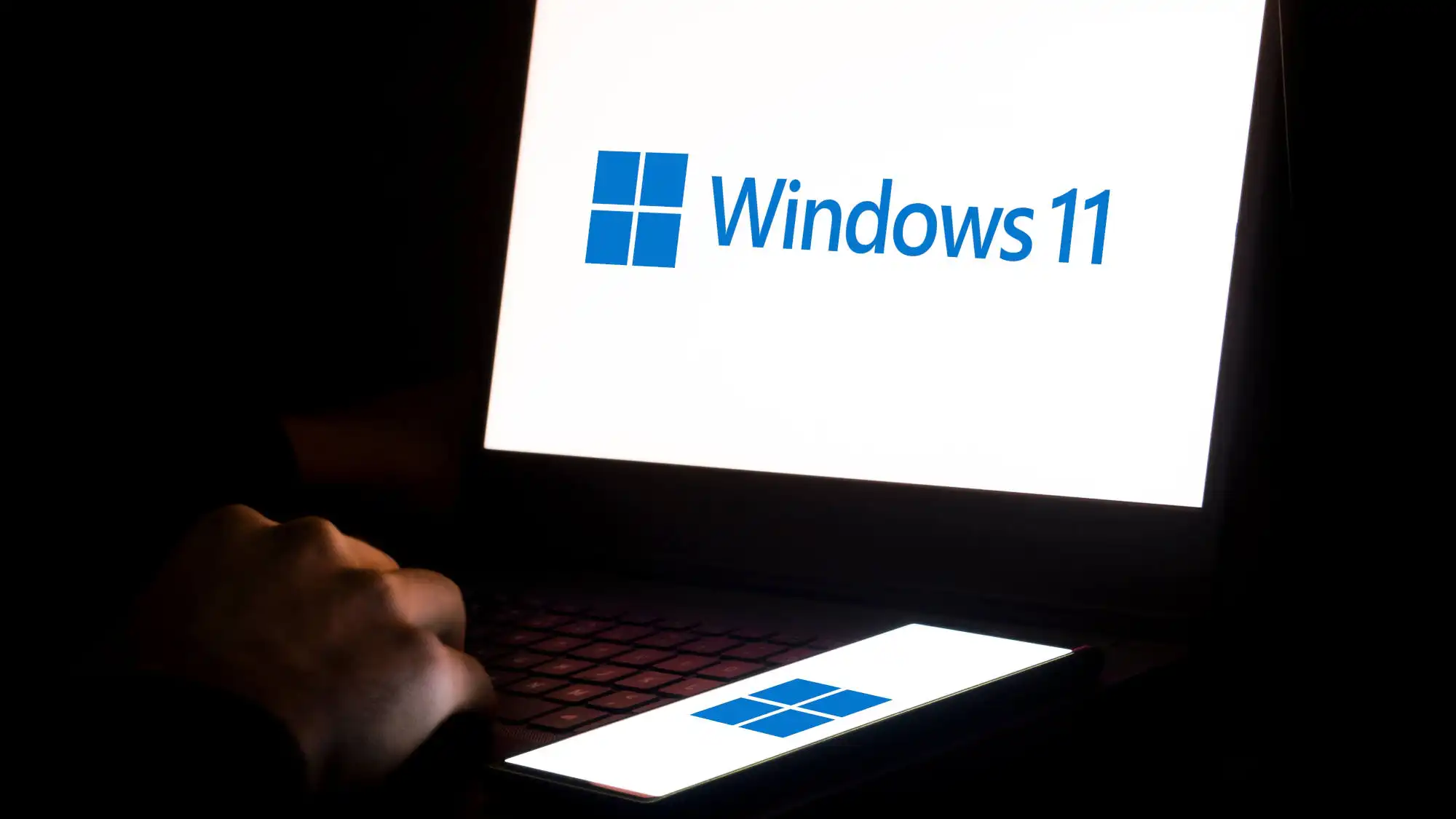
With the introduction of Deep Learning Anti-Aliasing (DLAA), Nvidia brings a new dimension to the gaming experience, aiming to enhance visual quality without a significant impact on performance. Positioned as a sibling feature to the well-regarded DLSS (Deep Learning Super Sampling), DLAA utilizes the same underlying technology to elevate the visual aesthetics of games that support it.
DLAA employs machine learning to effectively smooth images, eliminating the traditional “staircase” effects associated with anti-aliasing technologies. Unlike DLSS, DLAA does not alter the resolution; it works with the game’s original resolution, focusing exclusively on the anti-aliasing task, or edge smoothing.
Activating DLAA in your games requires select titles that support it, such as Baldur’s Gate 3, Cyberpunk 2077, Diablo IV, Spider-Man, and Call of Duty: Modern Warfare II. The option to enable DLAA is typically found in the graphics settings of the respective game. Prerequisites include active support for DLAA in the game and the use of an Nvidia GeForce graphics card from the RTX 20-series or newer, as DLAA (and DLSS) is exclusive to RTX cards.
DLAA offers notable advantages, providing effective anti-aliasing without sacrificing visual information. In comparison to alternatives like TAA, DLAA excels in motion-filled scenes. Additionally, DLAA incurs a lower performance loss compared to conventional anti-aliasing methods. The choice between DLSS and DLAA depends on the graphics card’s performance and the game’s requirements.
If your system can handle the desired resolution and frame rate, DLAA presents an excellent opportunity to enhance image quality. On the other hand, DLSS is suitable for situations where achieving the desired resolution and frame rate is challenging, as it renders the game at a lower internal resolution and then upscales it using AI. While DLSS can introduce graphical irregularities, DLAA focuses on delivering better-looking graphics at the same performance.
The decision between DLAA and DLSS revolves around finding the right balance between image quality and performance. Experimentation is key, allowing users to determine which method aligns with their preferences and the specific demands of the game. In scenarios with dynamic movement, DLAA often stands out, providing a sharper image, but individual preferences and the nature of the game play a significant role in making the choice.




